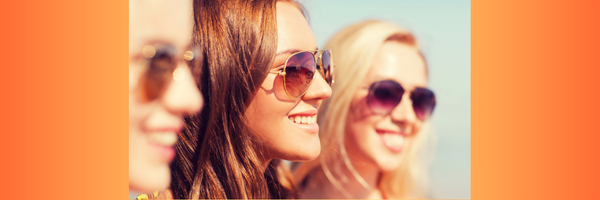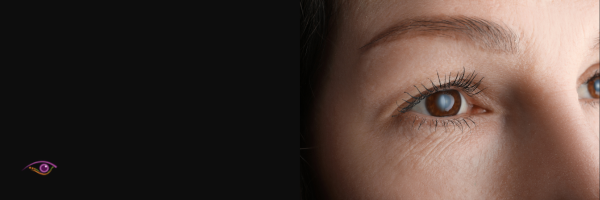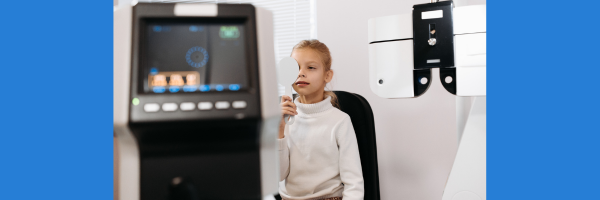International Guide Dog Day
Guide Dogs Australia provide a large variety of services to the community, helping individuals to achieve their full potential within their daily lives.
A big part of International Guide Dog Day is to bring awareness to the community about what they can do to help a Guide Dog do their job to keep their handler safe. This “petiquette” includes the handling of your own pet around Guide Dogs, as well as human behaviours we need to be aware of. To learn a bit more about Guide Dogs and petiquette, we had a chat to one of our patients here at Somerville & Merrin, John, about his experience with owning a Guide Dog.
When John was 20 years old he suffered a traumatic brain injury after falling off a horse, which resulted in him losing a substantial amount of his field of vision. Unfortunately, Guide Dogs NSW informed him that he was not eligible to have a guide dog through their system, so he learnt to use a long cane and worked on some strategies to overcome his vision impairment. After moving to Queensland, he decided to try again with Guide Dogs Qld and was pleased to find out he could in fact be eligible to have a guide dog - after going through the requirements and education, at 28 years old, John received his first guide dog, Kane.
Kane was his guide dog until he was retired at nine years old, but continued to live with John until he passed at 11 years old. After some behvioural issues his second guide dog was given early retirement, which meant John had to revert to using his long cane for a time before Guide Dogs Qld could provide another dog. He has now been matched with his third guide dog, Heidi.
John tells us that it is important to understand that every person you see using a Guide Dog has different life circumstances differences in their state of vision. Some people have low vision in that they are blind, or all of their vision is significantly blurred. For John it is a bit more complicated, as his vision is poor in one eye and reasonable in the other, however his lack of field of vision leaves his vision significantly restricted. To learn a bit more about what having a guide dog means for John, we asked some questions:
John, what was the process to apply for a Guide Dog in Qld?
After determining if you meet the vision requirements to be eligible, they do some testing to make sure you could work well with a guide dog. They then have to consider which dogs are available and set up a meeting between the person and the dog. Guide Dogs Qld do their best to match the dog to the clients lifestyle and personality - which dogs skills set will be able to best serve that client. For example, an older lady may need a dog that is prepared to walk slow and not pull, an active person will need an active dog. Although I've had some bumps along the way (especially with my second dog) I'm very happy with the current team at Guide Dogs Qld.
What does having a guide dog help you with in your day to day life?
I have more confidence to go out by myself, and there seems to be less social stigma attached to having a guide dog versus using a cane. Heidi is skilled to help with balance issues, so I can go bushwalking, everything really.
Is Toowoomba Guide Dog friendly?
I find that a persons ethnicity can determine how accepting they are of my guide dogs. Toowoomba taxi's and cafe's are very hit and miss for compliance with allowing guide dogs. Some taxis won't allow Heidi to get in, and some cafe's won't let us sit inside. I feel there just needs to be more education for people.
Is it difficult to care for a Guide Dog?
Heidi still needs all the care a normal dog needs, sometimes memory issues can make it hard to remember scheduled care. There is criteria for owning a guide dog, like having a fully fenced yard.
What are some basic rules we as the public need to follow if we come across a guide dog and their person?
You need to respect that when a guide dog has their harness on (all the time when in public) the dog is doing their job. There should be zero interaction with the dog when on the harness, unless given permission from the owner. Always ask before approaching the dog and respect the owners directions, they may not allow any interaction at all.
We thank John for sharing his experience and hope it gives you a bit more knowledge about Guide Dogs. If you'd like more information or would like to make a donation, you can visit Guide Dogs Queensland website: https://qld.guidedogs.com.au/
Kate Merrin & Geoff Somerville
Optometrists



